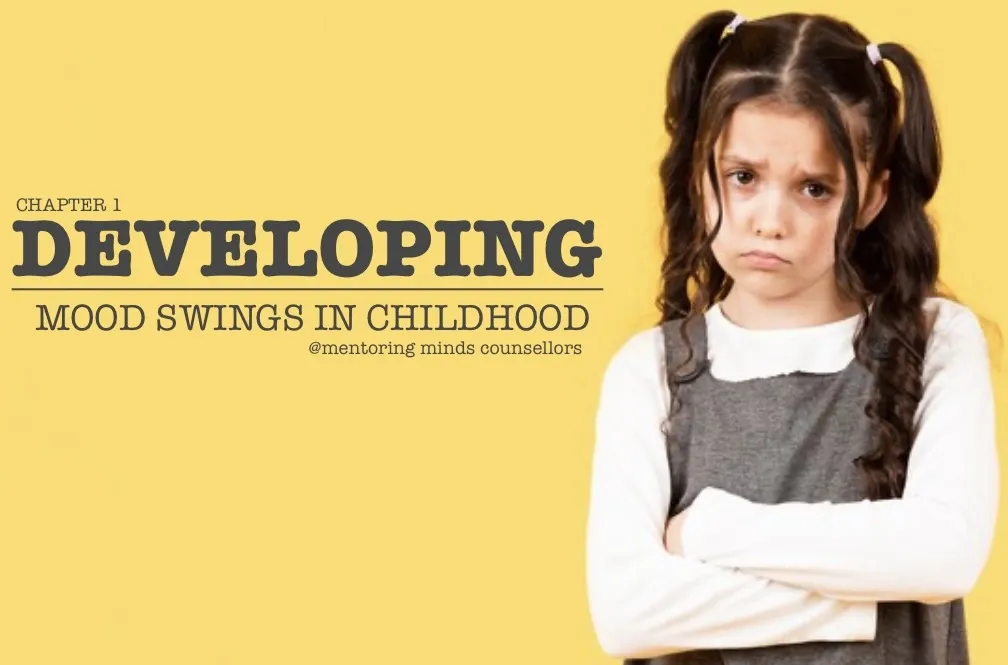Childhood is a time of immense growth and change, and with these changes often come fluctuating emotions. Mood swings in children are not uncommon, but they can be a source of concern for parents and caregivers. Understanding why mood swings occur and how to manage them can help ease the anxiety that often accompanies these emotional shifts.
What Are Mood Swings in Childhood?
Mood swings are marked changes in a child’s emotional state, where they might quickly go from happy and energetic to sad, angry, or frustrated, sometimes without an obvious reason. These shifts can happen within minutes or over the course of a few hours. While some degree of mood variation is normal, especially in younger children, frequent or intense mood swings can sometimes indicate underlying issues that need attention.
Why Do Children Experience Mood Swings?
- Hormonal Changes: In school-age children and especially during adolescence, hormonal changes play a huge role in mood fluctuations. Puberty triggers a surge of hormones that can affect a child’s emotional stability, leading to outbursts, irritability, and periods of sadness or anger.
- Environmental Factors: Family dynamics, school stress, social challenges, and major life changes like moving to a new home or the arrival of a new sibling can also contribute to mood swings. Children are highly sensitive to their environment, and disruptions or stressful events can trigger intense emotional reactions.
- Unresolved Stress: Children may struggle to process or express their emotions, especially if they feel overwhelmed by things like schoolwork, friendships, or expectations. When kids can’t talk through or make sense of their feelings, they might lash out or retreat emotionally.
- Sleep and Nutrition: Lack of sleep and poor nutrition can have a significant impact on a child’s mood. Sleep deprivation can leave children cranky or more prone to emotional outbursts. Similarly, if they are not eating a balanced diet, they may lack the energy or stability needed to maintain emotional balance.
When Are Mood Swings a Cause for Concern?
While occasional mood swings are a normal part of growing up, there are certain signs that suggest the emotional fluctuations might be more serious. If a child’s mood swings are frequent, intense, or seem to interfere with their daily life, it may be time to investigate further.
- Prolonged sadness or irritability that last for weeks or interfere with daily activities.
- Extreme reactions that seem out of proportion to the situation.
- Withdrawal from social activities or previously enjoyed hobbies.
- Changes in eating or sleeping habits that don’t seem related to a physical illness.
- Signs of anxiety or depression, such as constant worry, excessive fear, or feelings of hopelessness.
Conclusion
We at Mentoring Minds Counsellors understand that mood swings are a common part of childhood development, driven by a variety of factors such as biological changes, hormonal shifts, stress, and sleep. While these emotional fluctuations can be challenging, understanding the reasons behind them and providing support at home can help children navigate their feelings and build emotional resilience.


Leave a Comment